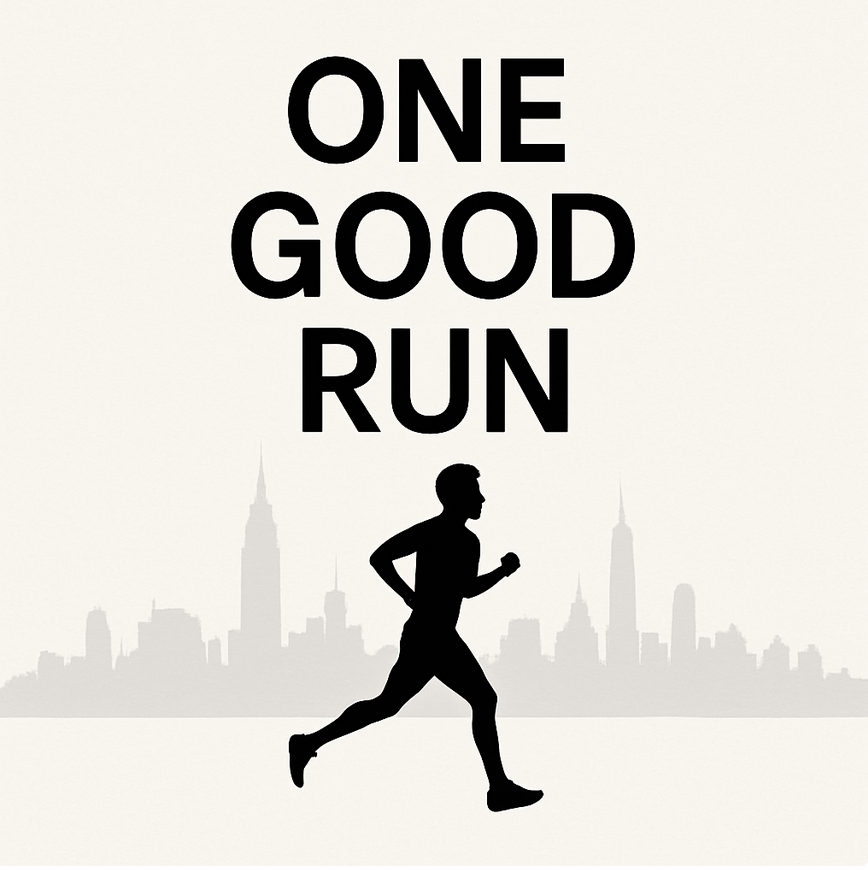I’d just moved to New York City — fresh start, big dreams, busted knee.
For years I’d been telling myself the same story:
“My left knee is wrecked.
Meniscus surgery after a footy injury.
Physios couldn’t fix it.
I’ll never run again.”
Then one morning I’m out with my physio mentor, Luke Bongiorno.
We’re jogging through the city and I’m moving like a man pushing a shopping trolley with a wonky wheel.
Mid-run, Luke pulls out a metronome.
“Try 180 steps per minute,” he says.
I’m thinking: Seriously? A beeping watch is going to fix my knee?
It still felt uncomfortable, and I was sure I’d wake up with the usual swelling and pain.
But the next morning?
Nothing.
No swelling.
No flare.
My knee was… quiet.
It wasn’t perfect. But it was better than I expected — and that cracked the door open.
Over the next two years in NYC, I rebuilt:
Foam rolling
Yoga & Pilates
DNS breathing & core work
Pain education
Strength training
Stair racing (yes, even the Empire State Building)
Step by step, I wasn’t just rehabbing my knee.
I was rewriting my story.
In 2015, the bloke who was “done” lined up in Staten Island with 50,000 others and ran the New York City Marathon.
Not fast. Not pretty. But once “impossible” — until it wasn’t.
That’s where The Resilient Knee Project™ began.
It’s not a “quick fix” or endless rest.
It’s a jailbreak from:
❌ Doom-talk (“bone-on-bone,” “never again”)
❌ Over-reliance on treatments that keep you stuck
✅ Building capacity so your knee isn’t fragile anymore
We use The New York Protocol — the same blend of top-down mindset shifts and bottom-up capacity building that took me from a hopeless knee to marathon finish line:
Mindset & flare-up reframing
Cadence drills & spring training (Achilles and calf)
Load progressions that make you better, not broken
Recovery strategies that actually work in real life
Here’s the truth:
Your knee doesn’t need permission from an MRI.
It just needs one small, safe, better-than-expected run to crack the story you’ve been living in.
One run → One win → One new story.
Shoot at email to dan@kinfolkwellness.com.au with “ZERO” in the subject line and I’ll reply with my “Zero → One Running” mini-module — the exact process I used to get my knee back, so you can skip the rehab hamster wheel and get moving again.
Happy Running




















